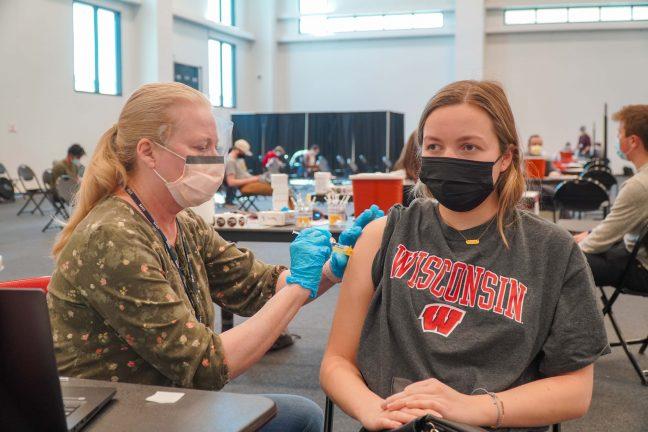This winter, communities across the nation are being hit with a “trifecta” of respiratory illnesses. Influenza, RSV and COVID-19 infections are all expected to rise in the colder months, and local health officials are already seeing a rise in cases indicating an earlier season than normal.
This year could be the first real look into our medical landscape in a world with multiple respiratory conditions battling COVID-19 simultaneously. The first two years of the pandemic saw a sharp decrease in flu cases, likely attributable to the precautionary measures taken to mitigate the effects of the virus.
Masking, social distancing and intensive cleaning measures instilled on a national level to help slow the spread of COVID-19 had an unintended side effect — the country saw a simultaneous decrease in other similarly transmitted illnesses.
But this will be the first flu season in which there are virtually no mask or social distancing mandates. For numerous reasons, the colder months are always more susceptible to upticks in spreadable diseases.
As people move toward indoor gatherings due to the harsh weather, airflow becomes significantly restricted, leading to an increased risk of spreading disease via airways. The cold, dry air can also decrease a person’s immune system response, further heightening susceptibility to illness.
With multiple airborne viruses in circulation at the same time and with the nation’s guard down on illnesses that are not pandemic-related, the consequences could be severe.
Madison is not exempt from this national trend. School-aged children are particularly vulnerable to contracting some form of the respiratory virus this season, but cases could rise across all demographics.
As businesses reintegrate in-person work into employees’ schedules, working-aged adults face the same risk of exposure as young children in school. Further, this holiday season may be the first since the start of the pandemic in which families can celebrate together, which could produce similar risks.
The severity of this season might induce a new era of medical precaution in Madison and across the country. Despite the annoyance posed by masks and the inefficiencies produced by remote learning, there is no denying that there was a positive outcome regarding communicable disease rates.
While there are clear tradeoffs regarding mental, educational and economic health that must be taken into account, it might be worth considering some form of permanent public health measure during the cold season to help mitigate the spread of these illnesses.
Medicine should always be precautionary rather than reactionary. Given what our health system knows and understands about the nature of COVID-19, Influenza and RSV, there are measures to be taken right now that could significantly reduce the spread of respiratory illnesses.
Hospitals in Wisconsin and across the country were unacceptably unprepared to face a global pandemic three years ago. This season brings an opportunity to fix those faults and make the state healthier and more prepared.
Fiona Hatch (fhatch@badgerherald.com) is a sophomore studying political science and international studies.


